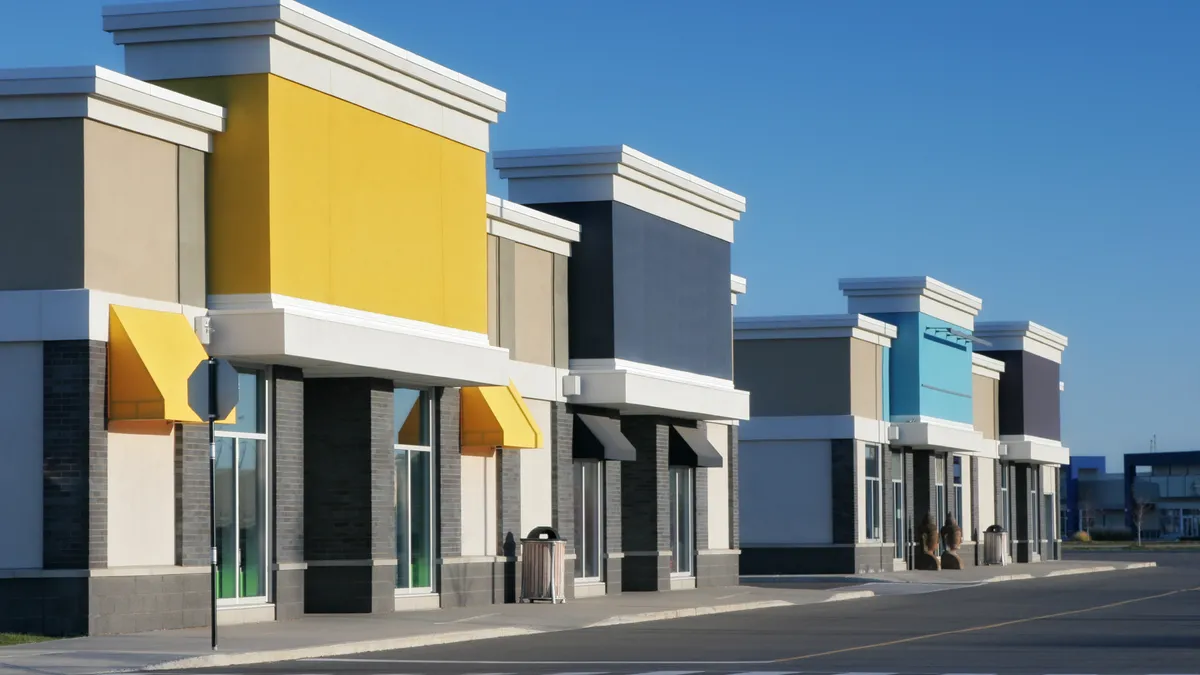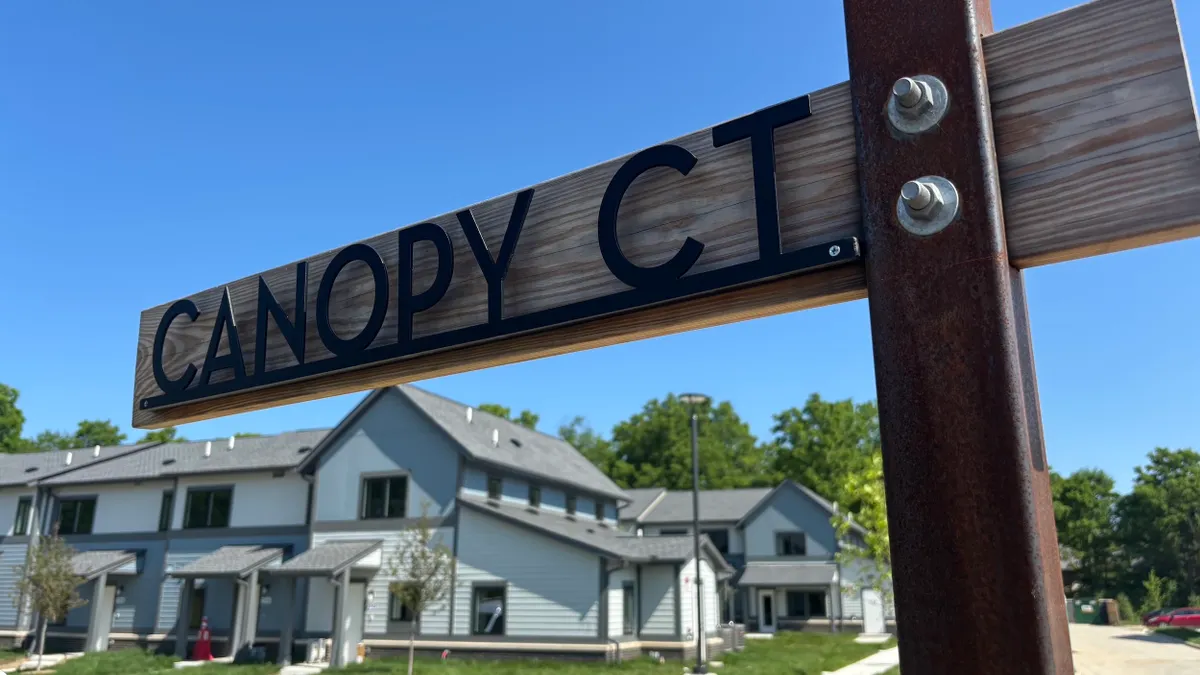As wealthy investors buy up shopping centers and other commercial real estate, a growing number of cities are eyeing ways to ensure residents with low incomes don’t get pushed out – and that they benefit from the rising tides in their neighborhoods.
The concept isn’t flashy or new, but it is gaining traction as more communities turn to neighborhood investment trusts, which allow many people to make low-dollar investments in local commercial properties. As the developments bring in profits, investors receive dividend payments up to a few hundred dollars per year. Eventually, a neighborhood could own an entire commercial block outright.
Neighborhood trusts “could potentially have a transformative effect on how we think about community development,” said Elwood Hopkins, presidential fellow at The Kresge Foundation, which funds these projects.
The success of a model launched by the global non-governmental organization Mercy Corps in Portland, Oregon, has largely driven the buzz.
The group’s Community Investment Trust bought a $1.2 million strip mall in 2014 and started selling shares at $10 to $100 per month to local residents with low incomes in 2017, in a bid to make the shares widely accessible and prevent consolidation. A direct pay letter of credit from a partner bank protects investors against financial losses, allowing them to cash out at any time.
Investors have received dividends every year since the program took effect – in 2021, 236 people received a 4.57% return – and about 90% of them reinvest each year, said John Haines, who spent four years developing the CIT and now serves as its executive director. Most members are women, first-time investors or earn less than $40,000 per year, according to Haines.
“We've seen people put down payments on homes with the money,” Haines said.
Similar initiatives have cropped up using the CIT model in Albany, New York, and Colorado Springs, Colorado. Haines has done feasibility studies in Dallas, Omaha, Nebraska, and a handful of other cities. Next, he’ll conduct them in Seattle, Detroit, New Orleans, the Brooklyn borough of New York City and Tulsa, Oklahoma. Haines hopes to work with 100 cities in the next five to 10 years.
“The economic dynamics in each city are different,” Haines said. But three factors are critical for success: “Good property, a good lead organization and a relationship with a bank.”
In Albany’s South End neighborhood, for example, the Community Loan Fund of the Capital Region, a nonprofit financial institution, bought a building in June to serve as its primary CIT site. The group chose the location because it’s on a bus route in a walkable area, there’s a mix of businesses and homes nearby, and most people are renters, said Linda MacFarlane, the Community Loan Fund’s executive director. Shares could be available in early 2023.
In Colorado Springs, the Solid Rock Community Development Corporation bought its CIT property in July, said James Johnson, the nonprofit’s property acquisitions manager.
“Currently, we are working with our architects to redevelop the property to attract more businesses,” Johnson said. The team hopes the economic development will improve residents’ quality of life.
Yet some neighborhood investments have struggled to gain traction. The Neighborhood Investment Company, or Nico, was the first of these models to be structured as a neighborhood real estate investment trust (REIT), launching in March 2020 with three rent-stabilized properties in Los Angeles’ Echo Park neighborhood. But it wound down after just 1.5 years because operators said they didn’t believe “the business is sustainable at its current scale.”
Still, Nico’s stockholders earned a 5.4% return on their investment when it shuttered in November 2021. Hopkins said the experiment offers lessons for other communities considering the neighborhood REIT structure – namely, a reminder that the property has to turn a profit to keep its bigger investors. It can’t focus solely on affordable housing, for example.
“It has to have both the local coffee shop and the Starbucks,” Hopkins said. “If you can imagine that mix, a REIT like Nico can survive.”
Federal and state policymakers can take steps to support these trusts, Hopkins said. But cities play a major role through land-use decisions, such as local requirements on the balance of commercial and residential property and tax incentives for developers to inject cash into a commercial zone, he said.
Ultimately, the potential for neighborhood investment trusts comes down to a combination of public policy, private investment interest and a community’s appetite and engagement in the process, Hopkins said.
“There are some communities in this country that this is wrong for, and there are places that it's right for,” Hopkins said. “Yes, we do want to have impact at scale, but in a way that is responsive to people's needs.”


















